Malformed spores suggest powerful storms drove ozone loss and led to sterilizing UV radiation.
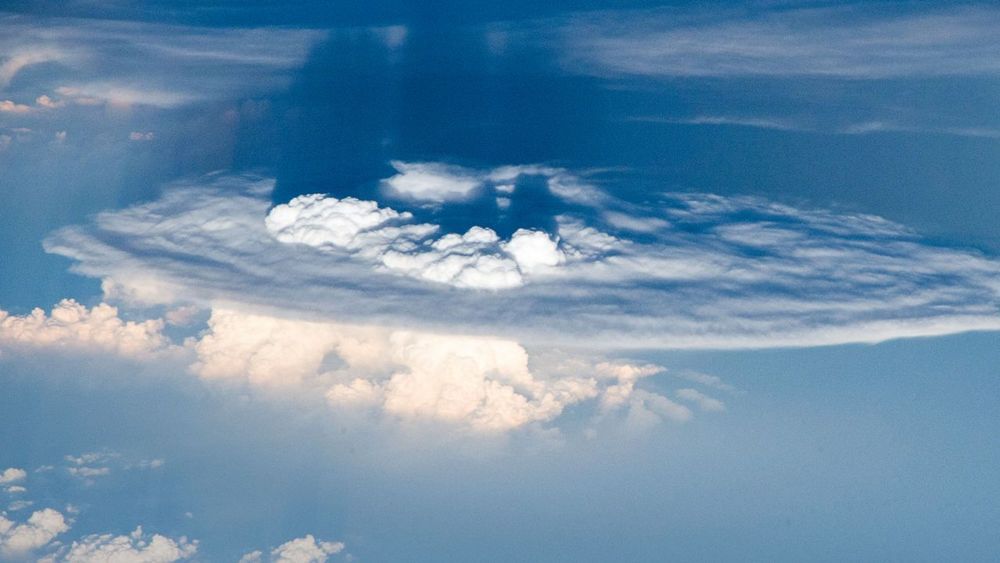

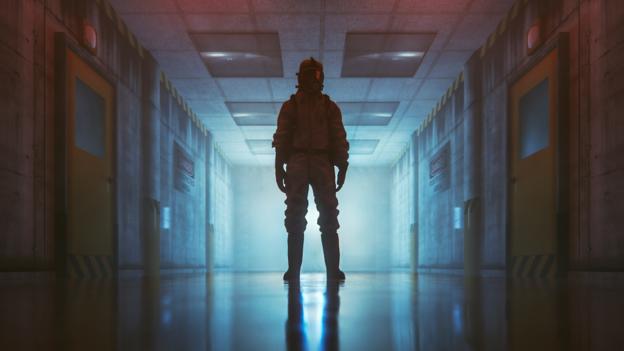
Most preppers are not in fact preparing for doomsday – they’re everyday people who anticipate and try to adapt for many conditions of calamity; conditions that they believe are inevitable and have been exponentially escalated through human hubris and excessive reliance on technology and global trade networks. While the disasters they anticipate might – at the more extreme end of the spectrum – include major “resets” like an all-out nuclear war or a massive electromagnetic pulse from the Sun that would fry our fragile electronics, most preppers stockpile for low to mid-level crises like the one the world is experiencing now.
For some, the current crisis is a dummy run for long-term lockdown. Across the world, luxury bunkers are being built for a lucky few to survive calamity and collapse.
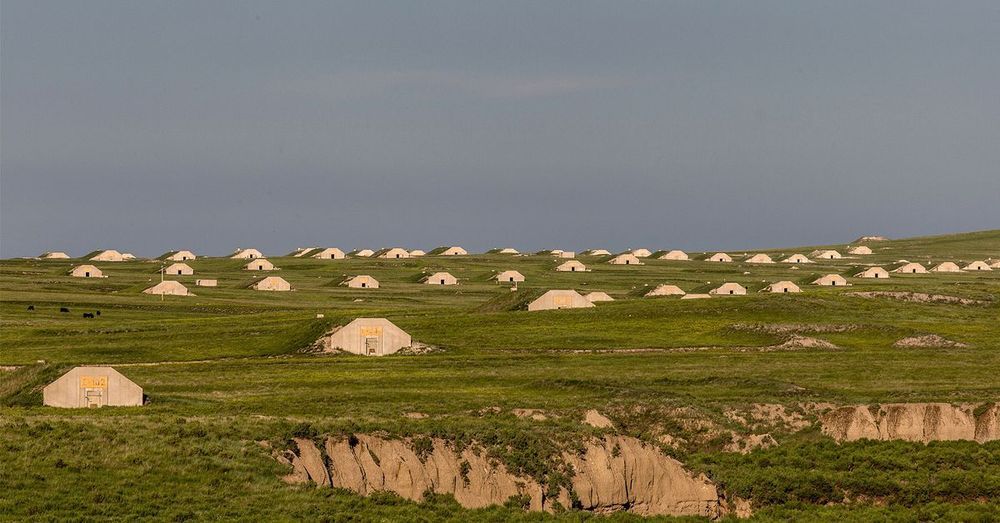
As COVID-19 brings the real estate market to a standstill, demand for doomsday bunkers is at an all-time high (or low since the structures are underground). The shelters were once signifiers of fringe prepper communities worried about the coming apocalypse. During the pandemic, they’ve become vacation homes. “People thought we were crazy because they never believed anything like this could happen,” says Vicino. “Now they’re seeing it. Everybody is a believer.”
Survival companies are capitalizing on coronavirus fears to sell bunkers that can withstand the apocalypse. But their claims about the virus are questionable.
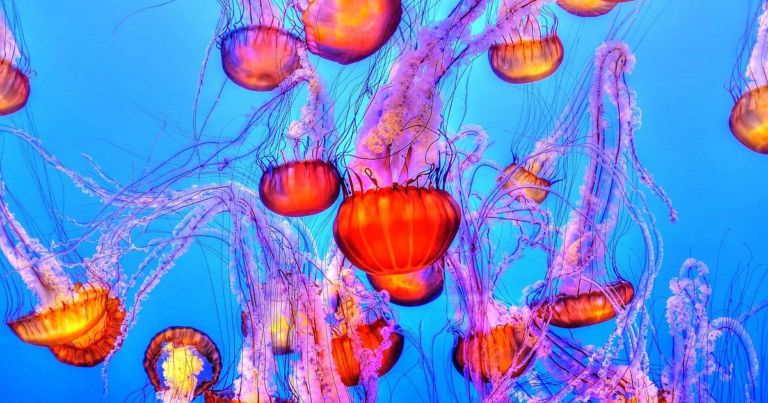
“The world is currently rightly focused on tackling the global health emergency,” Mark Wright, science director of the U.K. branch of the World Wildlife Fund, told The Guardian. “However, this new research reinforces that, after we are through this extremely difficult time, we will need renewed ambitious action to address the climate and nature crisis.”
More on the environment: Doomsday Report Author: Earth’s Leaders Have Failed
Up next__elon musk says he’ll be working on the tesla assembly line today.
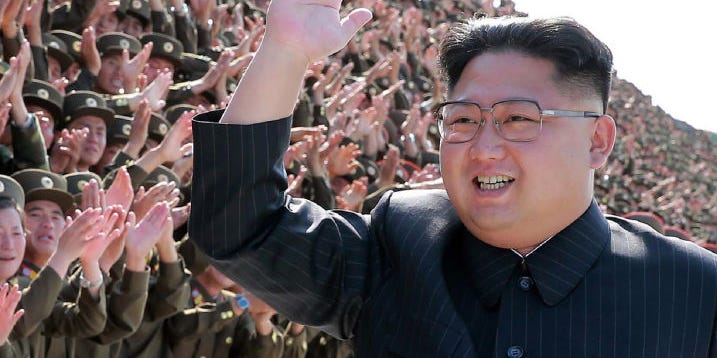
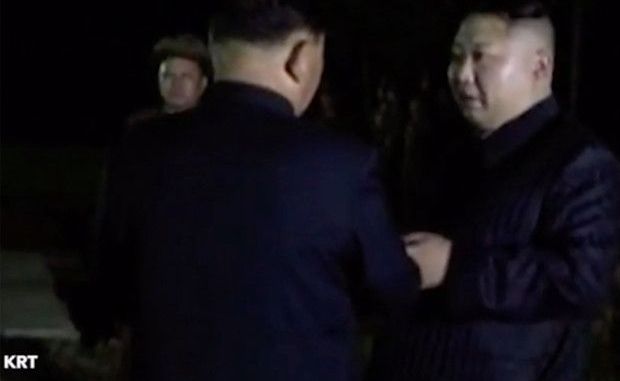
North Korean dictator Kim Jong Un was once filmed chatting to two identically dressed lookalikes — escalating wild conspiracies that a body double was recently used to claim he is alive and well.
Footage from July 2017 discovered by the Sun shows the Hermit Kingdom’s leader with the doppelgangers as he showed off a new missile.
The pair appear the same height and size, with identically cut hair shaved at the back and sides, and wearing suits perfectly matching the one worn by their leader, the Sun noted.
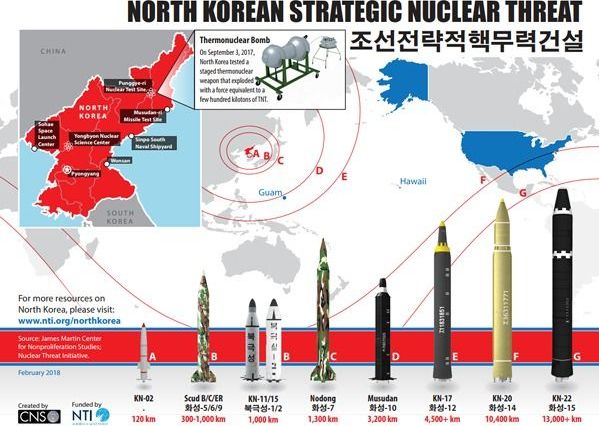
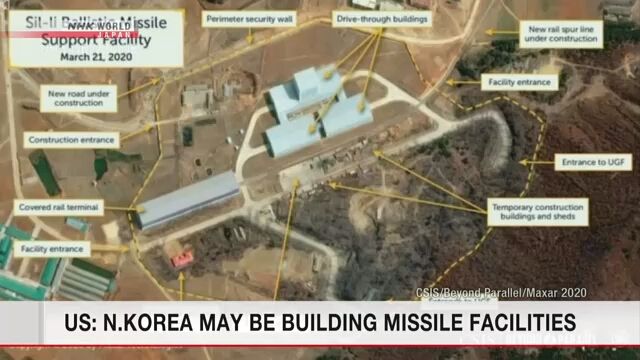
A US think tank says North Korea appears to be building facilities that can be used to assemble ballistic missiles near the capital, Pyongyang.
On Tuesday, the Center for Strategic and International Studies published the results of an analysis on a construction site near Pyongyang International Airport. The site was captured in satellite images.
Pictures show three new buildings. The largest one is about 120 meters wide and 40 meters in depth. They all have bay doors, wide enough for large vehicles. The center says one of the buildings may be able to accommodate an intercontinental ballistic missile.
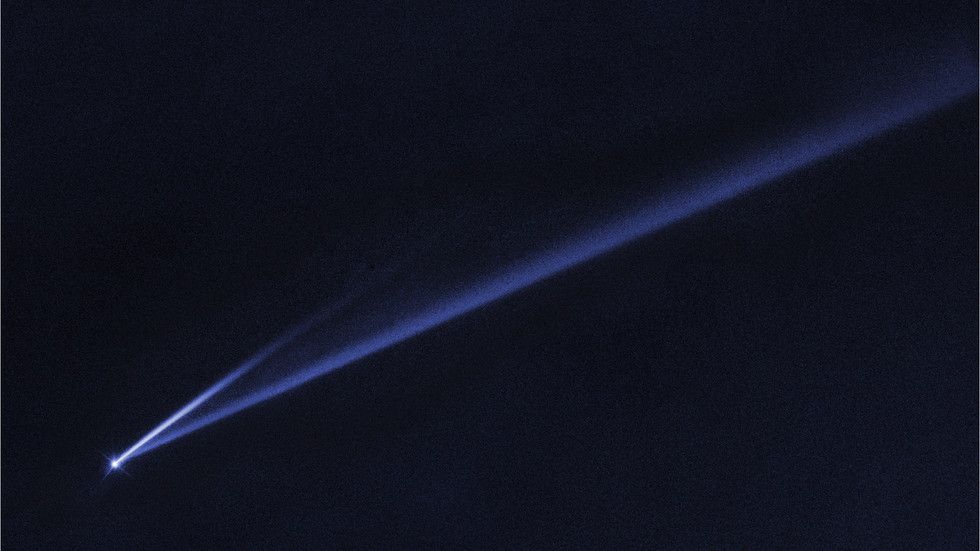
A truck-sized asteroid has careened past Earth in one of the closest flybys ever recorded – but none of satellites scanning the skies to protect our planet saw the space rock coming.
The previously unseen asteroid, 2020 JJ, whizzed past at a distance of around 7,000 kilometers (4,350 miles) this week. In astronomical terms, that’s an incredibly close shave, and it makes it one of the closest passes of our planet ever recorded.
In a development that might worry those tasked with protecting Earth from being smashed by space objects, the asteroid was only discovered by the Mount Lemmon Survey in Arizona at almost exactly the time it reached its closest point to Earth.

Seoul/New York: Kim Jong Un ended his almost three-week absence from public events with a factory visit, an appearance that will ease, but not end, concern about the stability of the North Korean regime and control of its nuclear arsenal.
Kim presided over a May Day ceremony to mark the completion of the Sunchon Phosphatic Fertilizer Factory northeast of the capital Pyongyang, the official Korean Central News Agency reported early Saturday. State media released photos showing the North Korean leader in a black Mao suit cutting a ribbon outside the facility, which non-proliferation experts say could be used to help produce fissile material for nuclear bombs.
U.S. President Donald Trump declined to comment on Kim’s reemergence besides telling reporters before heading to Camp David for the weekend that he “may” speak with the North Korean leader. “We’ll have something to say about it at the appropriate time,” Trump said.